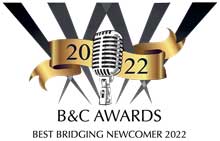
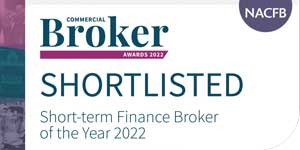

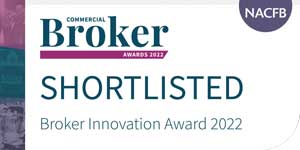
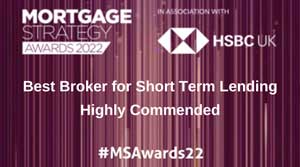
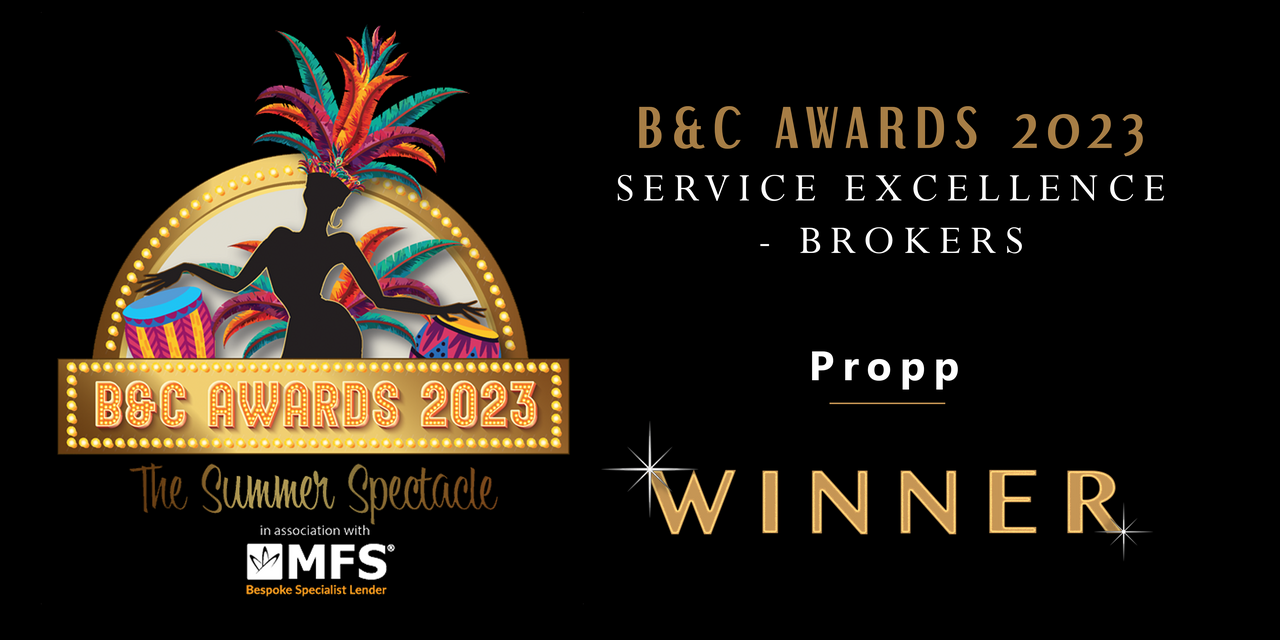
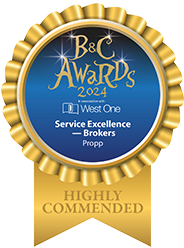
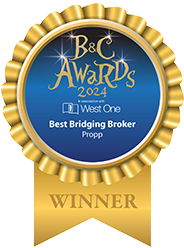
Step 1: Compare
Lift the lid on the latest rates and send your personalised results to your inbox.
Step 2: Optimise
Our free Optimiser gets lenders competing for your business and guarantees a bespoke quote within 1 day.
Step 3: Apply
Time for our property experts to take over and get your deal done.
A buy to let mortgage is a mortgage for those who would like to buy property as an investment. Buy-to-let mortgages work differently to residential mortgages, so if you are choosing to rent out your property lenders would require you to finance your purchase with a buy-to-let mortgage. You can also get commercial buy-to-let mortgages for landlords who want to invest in business property.
When you compare buy-to-let mortgages with Propp.io we do the challenging work for you. We will compare mortgage deals and buy-to-let lenders from across the market so you can find the best buy-to-let mortgage that suits you.
A buy to let mortgage is mostly for landlords who want to buy property and rent it out. This means that the rules are slightly different for buy-to-let mortgages in comparison to residential mortgages. Let’s look at some of the differences, here:
A bigger deposit means a better mortgage deal!
We all know that a good deposit can help you get the best buy-to-let mortgage rates, but did you know that it could also help you get a lower loan-to-value rate?
That's right - if you're looking for a buy-to-let mortgage, chances are it'll have a lower loan-to-value than a residential mortgage. The largest loan-to-value rate on a standard residential mortgage is 95%, but most buy-to-let mortgages have loan-to-value rates of 75% or less (the average is around 65%). That means if you want to get the best deals on buy-to-let mortgages, then you'll need at least 25% of your property value as a deposit, plus extra funds to pay for things like fees and money you might need to spend on getting the property ready to take in tenants.
The amount you can borrow for a buy-to-let mortgage doesn’t always depend on how much you earn. Instead, buy-to-let lenders will look at how much rent you’ll be able to charge. Rental income should normally be 25-30% higher than your monthly mortgage payments.
If you're looking for a buy-to-let mortgage, there are some lenders that won't approve you for one unless you have a certain amount of personal income. This is because the investment property may not be self-funding and would need an income from the tenant(s) in order to pay back the loan. The smallest amount of personal income typically needed is around £25,000
We know there are a lot of options when it comes to your mortgage, so we want to make sure you're making the right choice.
As with a residential mortgage, you can choose between a fixed rate or tracker rate mortgage.
Fixed rate mortgages are a bit more expensive than tracker rates, but they are also more predictable. They won't change in price over time. If you're worried that the base rate will increase soon and you might not be able to afford the higher monthly payments, it's best to choose a fixed rate mortgage.
Tracker rates work like this: your monthly payment will stay the same, but it could increase if interest rates go up. If you're confident that the base rate will stay low for several years and could afford an increase in mortgage payments, choose a tracker rate mortgage.
Yes. If you're looking to invest in a second home in the UK, you'll need to be prepared to pay a stamp duty surcharge.
If the property is worth more than £40,000 and the purchase will result in you owning more than one property, this is known as the Additional Stamp Duty Rate in England and Northern Ireland, and it's an extra charge of 3% minimum on top of your standard stamp duty bill. There's no stamp duty on properties worth less than £40,000 and there is also an exemption if the buy-to-let property is the first and only property that you will own.
Yes, buy-to-let mortgages are typically about one percentage point more expensive than residential mortgages. This is because but-to-let lenders view tenants as a higher risk than owner-occupiers. Some buy-to-let mortgages also have high arrangement fees – as much as 3.5 per cent of the property value.
If you're a landlord, you know that renting out your property can be a great way to make money. But what are the benefits of a buy to let mortgage?
Well, for starters, demand for rental properties is high. Renting is a popular lifestyle choice and a necessity for many people who can’t afford to buy. With a lack of affordable housing and stricter mortgage underwriting criteria people look to rent as an alternative. This means that renting out your property should be relatively easy.
Secondly, property is a relatively safe long-term investment. Although the value of your property can fluctuate, over the long term the value of your property should increase and provide you with a profit when you come to sell it.
Finally, by renting out a property, you can generate an income. Your tenants will pay your mortgage for you, and you should also be left with some extra income each month.
When you're ready to get out of the rental market and into a buy-to-let mortgage, you'll need to talk to your current lender about getting permission for this change. If you don't switch over, you risk invalidating your mortgage contract and being asked to repay your whole loan at once.
Once you've got permission from your lender and know what type of fixed buy- to-let rates and fees are available, it can get a bit confusing. That's why it's so important to compare the options that will work best for you.
And remember as a property owner, there are responsibilities that come with the title. Don't forget to upgrade your buildings insurance to landlord's insurance and make sure you understand all your new responsibilities as a property owner!
Yes. The income you receive as rent is taxable. You need to declare any rent you receive as part of your Self-Assessment tax return. The tax on your income is then charged as per your income tax banding.
In short, there's no limit to the number of buy-to-let mortgages you can have.
But there are some buy-to-let lenders who will limit the amount of borrowing you do in total.
There are also lenders that will limit the number of buy-to-let mortgages you can have with other lenders. This can vary.
Some lenders don't mind how many buy-to-let mortgages you have with other lenders at all!
If you want to rent out a home you already own, and buy another home to live in yourself, then let-to-buy is the one for you.
Let-to-buy is a way to apply for two types of mortgages at the same time:
Comparison websites are a great starting point for anyone trying to find a buy to let mortgage that is tailored to their needs.
Our free deal optimiser service saves on average £10,475†.
* bespoke quotes supplied the next working day following provision of all required lender information being supplied and validation by Propp case manager
† saving based on annualised interest rate saving where deal optimiser service negotiated a lower rate than lender’s published rate, based on current average saving of 0.9% and average loan £1051785. Time saving based on automated versus manual bespoke rate requests.
† saving based on annualised interest rate saving where deal optimiser service negotiated a lower rate than lender’s published rate, based on current average saving of 0.2%. Time saving based on automated versus manual bespoke rate requests.